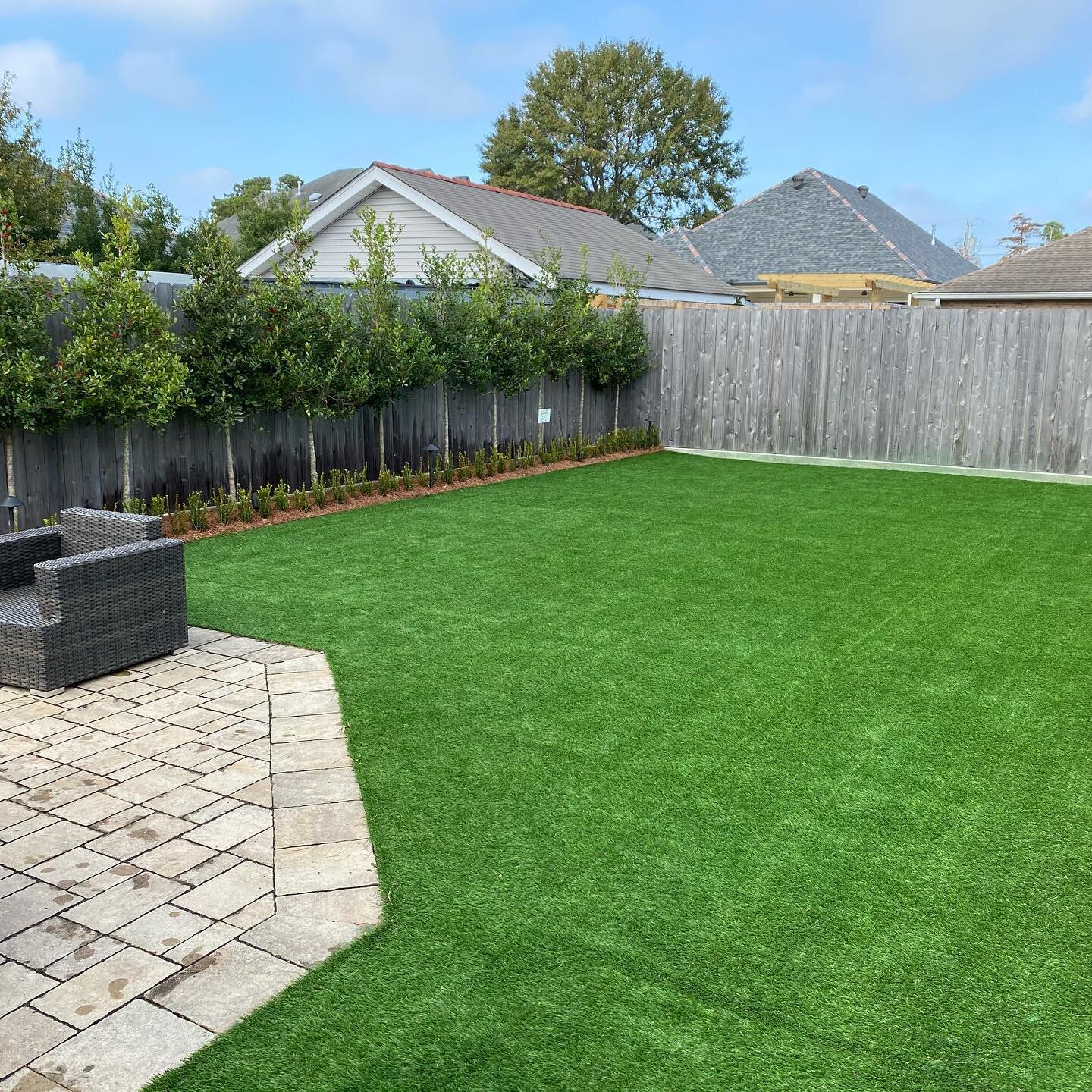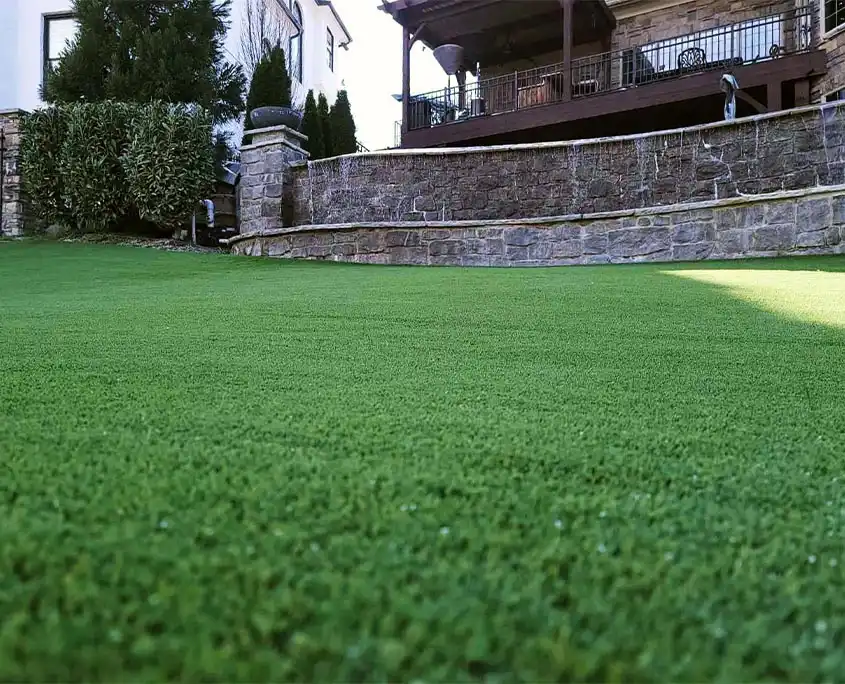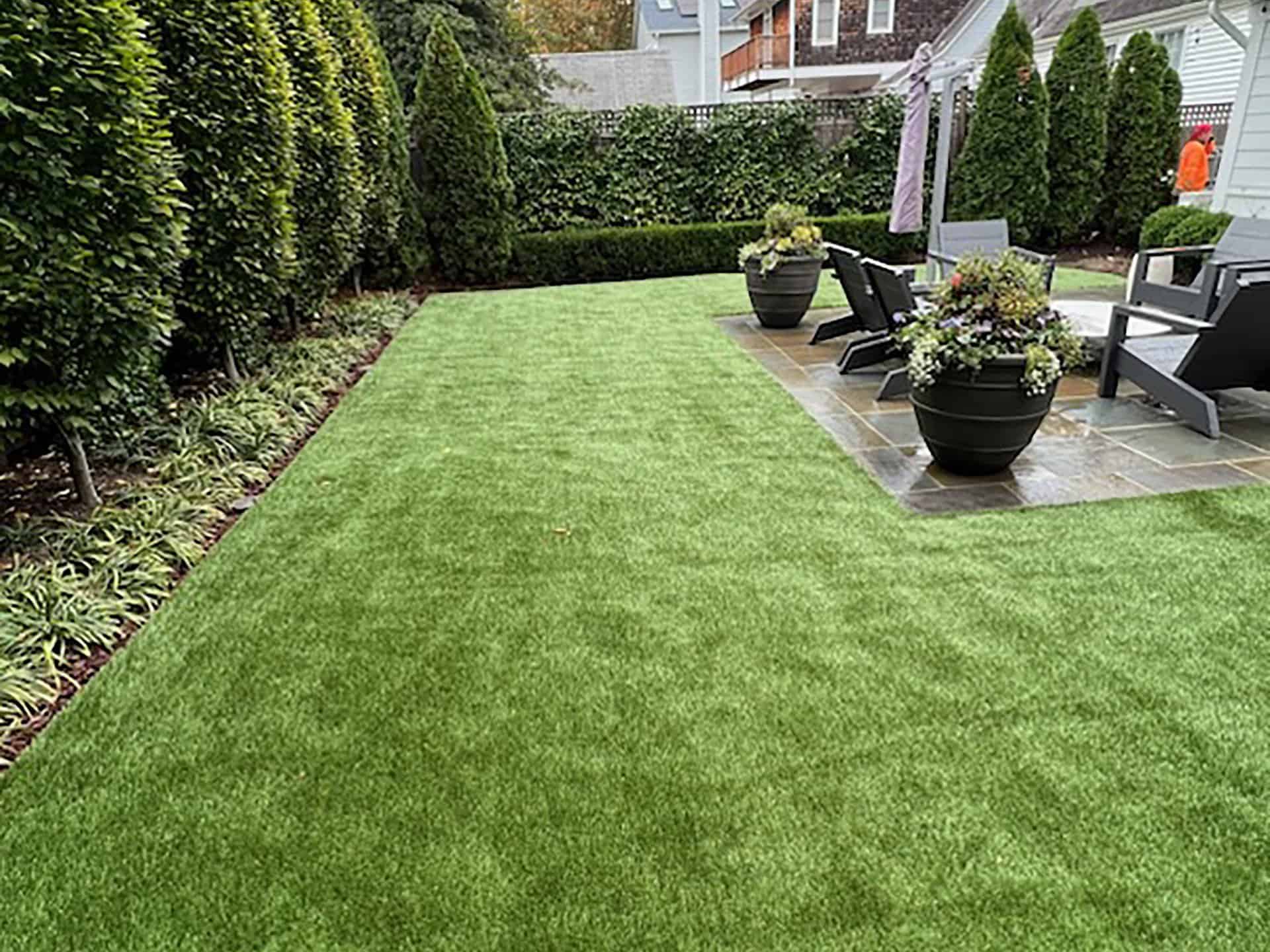Durable Arizona Artificial Turf for Home and Commercial Applications
Durable Arizona Artificial Turf for Home and Commercial Applications
Blog Article
Delve Into the Environmental Benefits of Opting for Synthetic Grass Solutions
The fostering of fabricated lawn services offers an engaging possibility to attend to pressing ecological challenges. By considerably reducing water use and reducing the application of harmful chemicals, these choices not just promote sustainable landscaping but also protect regional communities. The reduced carbon footprint linked with decreased upkeep activities adds to a more lasting strategy to land administration. The implications of these benefits prolong past simple preservation initiatives, elevating concerns about their long-lasting effect on environment conservation and overall environmental equilibrium. Discovering these measurements reveals an intricate interplay worth considering.
Water Conservation Advantages
One of the most significant advantages of fabricated grass is its capability to conserve water. In comparison, man-made turf does not require watering, significantly lowering the general demand for water sources.
By removing the need for routine watering, synthetic grass adds to sustainable landscape practices and assists mitigate the ecological influence of excessive water consumption. The conservation of water extends to the decrease of drainage, which can lead to dirt erosion and waterway air pollution.
Additionally, the setup of fabricated turf enables towns and house owners to designate water resources much more effectively, concentrating on important usages such as alcohol consumption water and agriculture. The shift towards synthetic grass not only promotes responsible water usage however additionally aligns with broader environmental goals targeted at protecting natural deposits.
As areas significantly prioritize sustainability, the water conservation benefits of synthetic grass present an engaging situation for its fostering in property and industrial landscape design tasks.
Lowered Chemical Use
The transition to artificial turf considerably decreases the reliance on chemical treatments typically made use of in all-natural turf maintenance. Conventional grass administration usually includes the application of herbicides, plant foods, and pesticides to advertise growth and control insects. These chemicals can posture threats to human health and wellness, regional wild animals, and the environment, contributing to dirt and water contamination.
In comparison, synthetic grass eliminates the requirement for these harmful compounds. By minimizing the release of artificial compounds into the ecological community, synthetic lawn promotes much healthier soil and water systems.
Additionally, the lack of chemical runoff linked with synthetic grass installments helps secure neighborhood waterways from contamination, sustaining marine life and maintaining biodiversity. Arizona artificial turf. As communities progressively focus on lasting techniques, selecting synthetic grass presents a feasible remedy that aligns with environmental conservation goals. With this change, residential property proprietors can appreciate lush green areas without jeopardizing environmental health and wellness, leading the way for an extra lasting future
Reduced Carbon Impact

Furthermore, the installation of synthetic grass can cause significant water conservation. Natural lawns need significant amounts of water for watering, which not only includes to the carbon impact connected with water extraction and treatment but also stress regional water resources. On the other hand, synthetic grass needs very little maintenance, needing no watering, thus dramatically lowering water use and its linked power expenses.
In addition, the longevity of artificial turf contributes to its reduced carbon impact. With a life-span of approximately 15 years or even more, the requirement for regular replacements is diminished, resulting in less waste and lower energy consumption in production and dealing with conventional turf alternatives. Overall, synthetic grass provides a sustainable alternative for eco mindful landscaping.
Environment Conservation
Habitat conservation is an essential consideration in the discussion over landscape design options, particularly when contrasting synthetic grass to natural lawn. Natural yard yards typically require extensive upkeep, Check Out Your URL including making use of pesticides, herbicides, and plant foods, which can adversely affect local ecosystems. These chemicals can seep into the dirt and rivers, hurting indigenous plants and animals and disrupting neighborhood habitats.
In comparison, artificial lawn presents a chance to reduce the environmental impact of landscaping. By selecting artificial turf, house owners can minimize the interruption of all-natural habitats related to typical lawn care from this source techniques. Synthetic grass removes the need for damaging chemicals, thus securing nearby wild animals and preserving the stability of surrounding ecosystems. Furthermore, the installment of synthetic grass can result in the conversion of previous yard locations right into more biodiverse landscapes, such as pollinator gardens or native plant areas, which can support regional wildlife.
Ultimately, the transition to synthetic grass not just preserves water and minimizes upkeep efforts but also fosters a more unified partnership in between human activities and the natural atmosphere, promoting environment conservation in the process.
Long-Term Sustainability
Long-term sustainability is an important element in examining the advantages of artificial lawn over standard turf lawns. Among the most significant advantages of synthetic grass is its resilience; it can last approximately 15-20 years with very little maintenance, whereas all-natural lawn requires constant reseeding and replacement. This long life minimizes the need for consistent resources, such as water, plant foods, and pesticides, which are essential for keeping a healthy yard yard.
Additionally, synthetic grass adds to a decrease in carbon emissions connected with yard treatment devices. Traditional yards frequently call for gas-powered mowers, leaners, and blowers, all of which add to air pollution. Phoenix turf companies. In contrast, synthetic grass gets rid of the demand for such equipment, advertising a cleaner setting
Additionally, the production of synthetic grass significantly utilizes recycled products, enhancing its sustainability profile. As makers adopt eco-friendly methods, the ecological footprint of synthetic lawn remains to diminish.

Conclusion
The fostering of synthetic grass remedies presents substantial environmental benefits, including significant water conservation, lowered reliance on hazardous chemicals, and a reduced carbon footprint. Fabricated grass help in preserving natural environments by minimizing land disruption and advertising long-term sustainability with the usage of durable materials. Jointly, these factors highlight the possibility of artificial Check Out Your URL grass to add favorably to environmental health and wellness and supply a viable alternative to standard landscape design techniques in a progressively resource-conscious globe.
In comparison, artificial grass does not require watering, dramatically reducing the general demand for water sources. By decreasing the launch of synthetic substances right into the community, fabricated lawn advertises healthier soil and water systems.
Additionally, the setup of synthetic grass can result in considerable water conservation. In comparison, fabricated turf requires marginal upkeep, calling for no watering, thereby considerably decreasing water usage and its associated energy costs.

Report this page